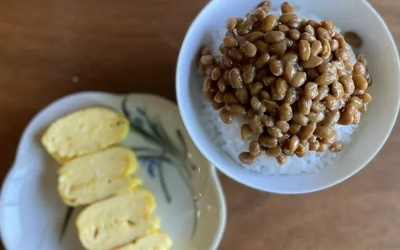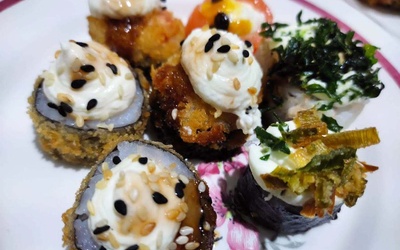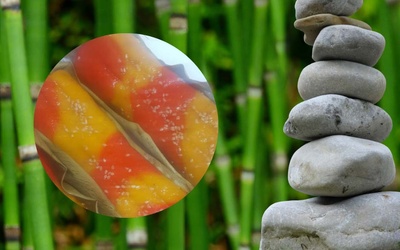Nikkei Chronicles #11—Itadakimasu 3! Nikkei Food, Family, and Community

The theme of the 11th edition of Nikkei Chronicles—Itadakimasu 3! Nikkei Food, Family, and Community—takes a look at several questions, such as: How does the food you eat connect your Nikkei community? What kinds of Nikkei recipes have been passed down from generation to generation? What is your favorite Japanese and/or Nikkei dish?
Discover Nikkei solicited stories related to Nikkei food from May to September 2022. Voting closed on October 31, 2022. We received 15 stories (8 English; 1 Japanese; 6 Spanish; and 1 Portuguese) from Brazil, Canada, Peru, and the United States, with one submitted in multiple languages.
An editorial committee chose a favorite story in each language. In addition, a Nima-kai favorite was determined by online community voting. Here are the selections!
Editorial Committee’s Favorites
- ENGLISH:
Food for Thought—TikTok & Tamagoyaki - By Kyra Karatsu
- JAPANESE:
Intercultural Communication Through Sushi
By Keiko Fukuda - SPANISH:
Nantu, the Mochi from Uchina
By Roberto Oshiro Teruya - PORTUGUESE:
Japanese-Brazilian Food: Japanese Cuisine with a Brazilian Touch
By Meiry Mayumi Onohara
Nima-kai Favorite:
- 18 Stars
Japanese-Brazilian Food: Japanese Cuisine with a Brazilian Touch
By Meiry Mayumi Onohara
To learn more about this writing project >>
*This series is presented in partnership with:

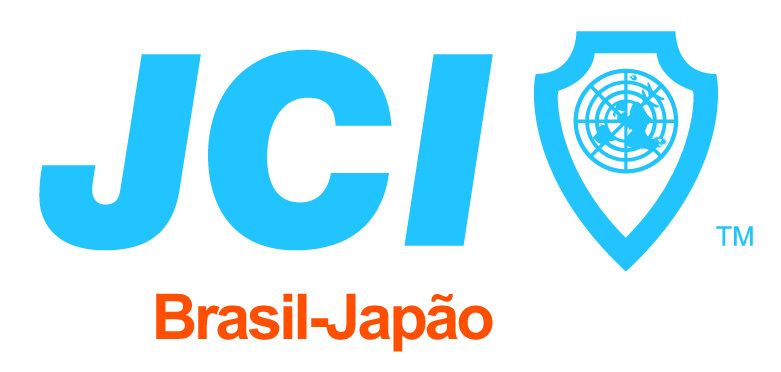
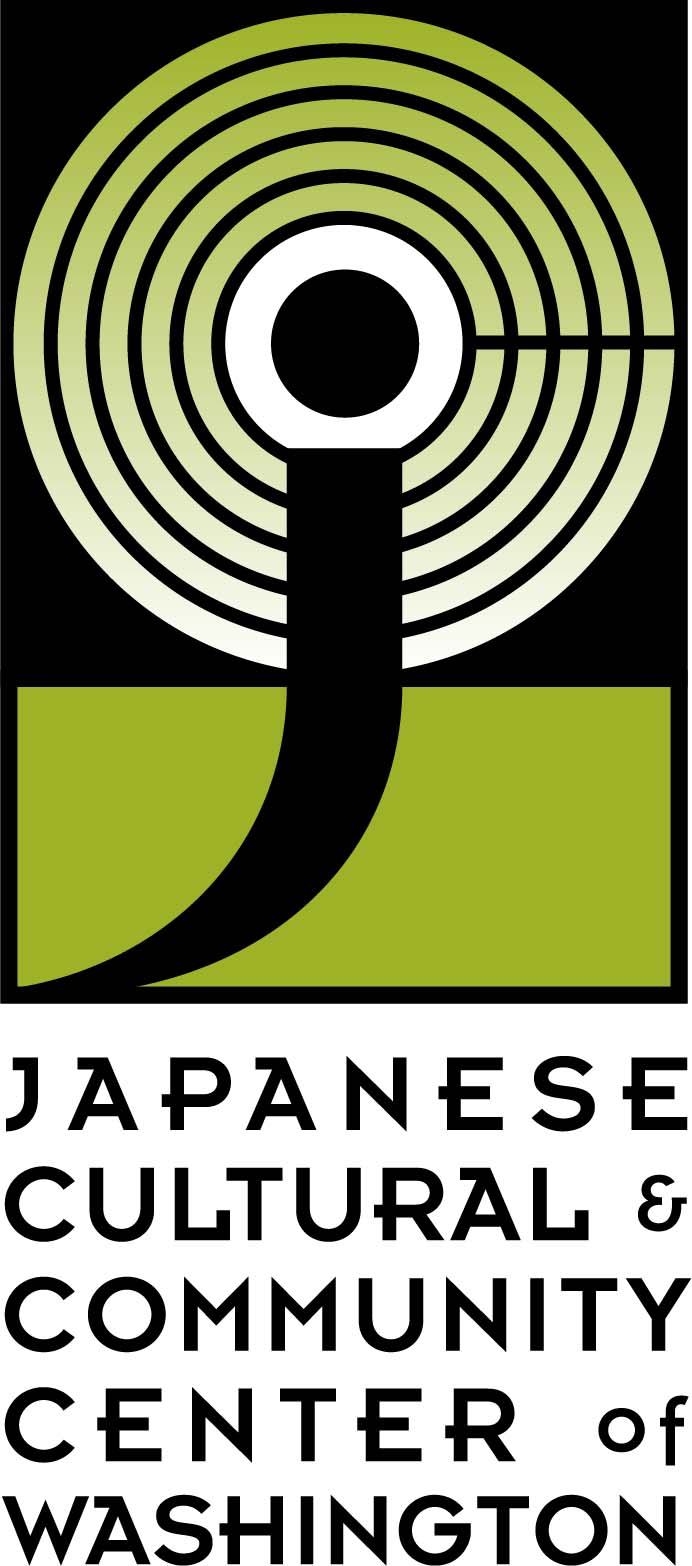
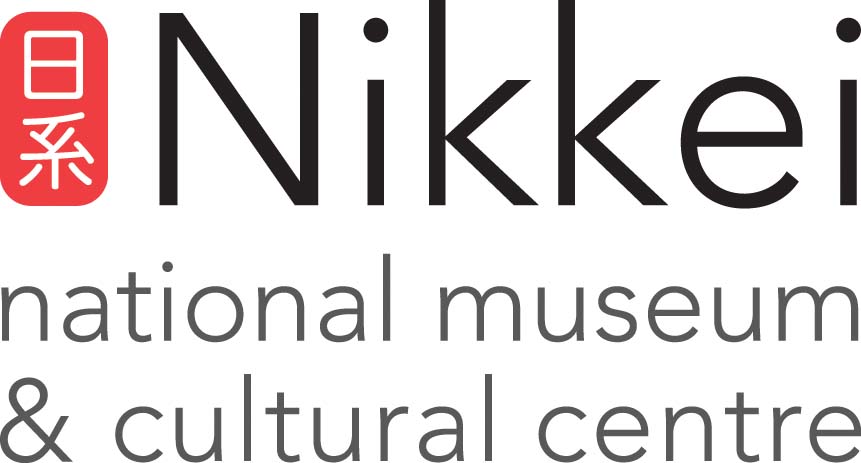
Check out these other Nikkei Chronicles series >>
*Logo design by Jay Horinouchi
Stories from this series
Food for Thought—TikTok & Tamagoyaki
June 17, 2022 • Kyra Karatsu
Like any good Gen Z-er, I’ve made my fair share of TikToks since I first downloaded the app two years ago. Most are silly and trivial and recorded primarily for my “impressive” following of 45 followers—the majority being school friends. Although it pales in comparison to the millions and even billions of views that top users (often dubbed “Content Creators”) regularly receive, the most popular TikTok that I ever made was, interestingly enough, a minute-long video of my dad and me …
Japanese-Brazilian Food: Japanese Cuisine with a Brazilian Touch
June 15, 2022 • Meiry Mayumi Onohara
I grew up in a Japanese-Brazilian environment in which my father is an Issei and my mother is a Nisei. However, living in Brazil with a family that has Japanese customs you will have an identity crisis because you don't fit in anywhere or you will have the best of both worlds. In my case, I only see advantages in this cultural diversity, especially with regard to food. For those who don't know Japanese cuisine, you don't know what gastronomy …
Nantu, the Mochi of Uchina
June 8, 2022 • Roberto Oshiro Teruya
As Nikkei, we have inherited a culture that our ancestors brought from Japan. My grandparents, who emigrated from Okinawa, have seen some of their customs adapted to our country. Meanwhile, other customs have been preserved to the letter, even when they’ve been forgotten in their place of origin as if they’d been frozen in time. Sometimes I feel like we have grown up loving the idealized place that they have maintained in their minds. In Peru, we have a small …

